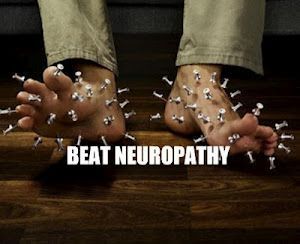Last Updated on: 22nd November 2023, 10:02 am
Not everybody can work from home, and the events of the pandemic have put the issue of health and safety in the workplace under increased scrutiny. Many have been forced to adapt to new ways of working such as mask wearing and one-way systems, but industries such as manufacturing have always required care and attention to detail.
So how do businesses and factory employees work together to keep everybody safe? Below we highlight the key hazards that workers face and detail what precautions can be put in place.
What risks are manufacturing workers exposed to?
From slips and falls to vehicle and machinery accidents, factory settings are full of potential health and safety hazards that should be identified and protected against.
Key risks on the factory floor include:
- Working on elevated platforms and gangways (and using steps and ladders to access them)
- Operating or working around moving machinery and vehicles
- Dealing with hazardous fumes, chemicals and materials
- Lifting and carrying heavy objects
The importance of personal protective equipment (PPE)
Providing the right PPE for the task at hand and training staff on how to use it correctly is a legal requirement. While PPE should only be a last resort after other steps have been put in place, its use can reduce the risk and severity of workplace injuries.
Appropriate PPE for manufacturing workers can vary but should be suitable for each individual’s activities and body shape. A typical kit list might include items such as:
- Ear defenders for protection against extreme or sustained noise
- Hard hats and reinforced boots to protect against falling objects
- Thick gloves for operating machinery or handling dangerous materials
- High-visibility clothing for moving through active areas
How else can businesses create safe working environments?
There are lots of ways that businesses can eliminate or reduce danger depending on the features of their workplace.
Providing staff with proper training is essential, whether covering the use of PPE, the operation of machinery or how to deal with emergency situations. Machinery should also be guarded appropriately while industrial flooring should be kept clear of spillages and obstructions.
Clear signage should be affixed around any major hazards, and a robust incident reporting system is vital for monitoring accidents and preventing any repeats. Lifting jobs meanwhile can be aided with equipment such as hydraulic trolleys.
Do you work in a factory setting? Make sure you’re aware of its risks and be sure to flag any issues to your employer.








